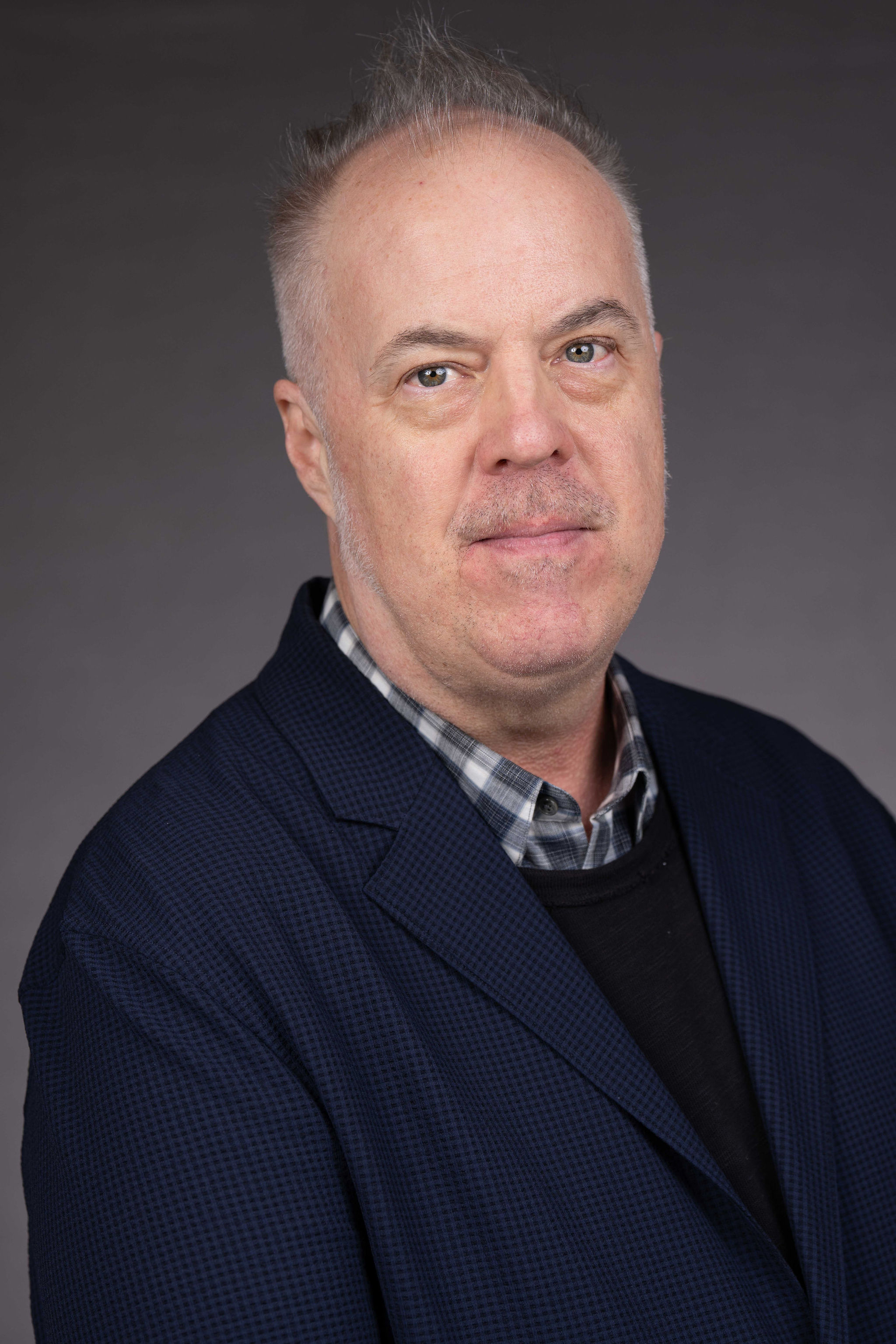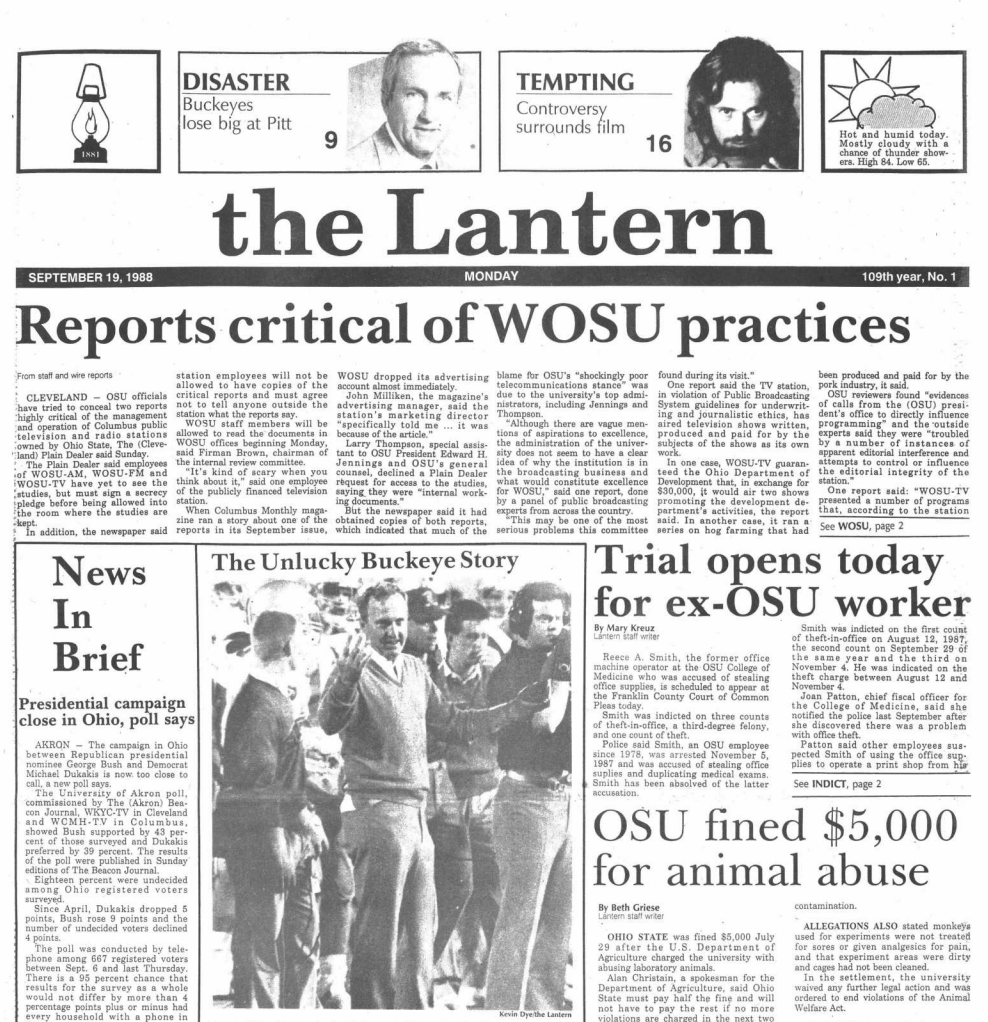Revisiting Some Formative Academic Moments
By John Elsasser
September 2021
In this September issue, we offer insights on careers and lifelong learning with a back-to-classes focus.
For starters, Bridget Castellini talks with senior-level communicators about what advice they would go back and give themselves early in their careers.
After reading her article, I thought about how I’d answer this. So I revisited some formative academic moments that helped lead me to where I am today.
A desire to learn
For starters, I was honored to attend the Ohio State University, a longtime family favorite. However, I didn’t arrive on campus with clear aspirations for a post-collegiate career. I was unsure about what I wanted to do, though I craved the college experience and, obviously, the football games.
I began with a slate of introductory coursework in English, psychology, history and, as an elective, basketball officiating — classes that would help make me a well-rounded person. (Sadly, I’ve yet to put those referee skills to use.)
Eventually, through a combination of peer pressure, parental questions and faculty queries, I declared a major. I settled on communications. Unfortunately, the early classes were long on arcane theories and short on what-am-I-going-to-do-after-graduation solutions.
A faculty adviser, sensing my unhappiness with writing papers on, say, the theory of metadiscursive practice related to the constitutive model of communication, suggested public relations. He thought I’d appreciate the tactical and strategic elements of the work.
In those days, Ohio State housed the PR major in the School of Journalism. Aside from the PR curriculum, the school required us to take reporting and editing courses and work on The Lantern, OSU’s daily newspaper.
Walking into the newsroom — well, it just felt right. I loved the urgency, the collaboration among the editors, reporters and copy editors working toward a common goal of hitting a midnight deadline. It was the camaraderie that I had been seeking in a school where you could feel lost among 55,000-plus students.
An exposè on bracelets
My decision to pursue a news track didn’t necessarily mean that I was instantly good at it. Sure, I was co-editor of my high school paper, The Cavalier Crier, but it was a small operation that appeared weekly on a ½-page in our town’s daily.
In the introduction to news-writing class, we could pitch stories to editors of The Lantern. So I inexplicably pursued a fashion-trends exposè on the rubber bracelets that were gaining popularity thanks to 1986-era Madonna. I spoke with student fashionistas, retail buyers, store clerks and merchandising professors. Then I learned the rubber might be critical parts to vacuum cleaners. Following up on that lead, I then interviewed some very confused vacuum repairmen.
All the while, I kept the bemused section editor updated on my progress. Looking back, she likely should have said: “If you spend more than a day on this, it’s too much.” Six weeks later, I turned in an article on rubber bracelets with about 25 sources. The piece ran in a severely abbreviated form on the last day of the fall term. And my byline was accidentally left off. (Probably for the best!)
I went on to work for the paper another two years, serving in the end as editor-in-chief.
So my academic takeaways would be:
- Be patient.
- Follow your instincts.
- Enjoy the moment.
- Be wary of writing articles on fashion accessories.
I hope you find some career wisdom in this issue. And thank you for being part of PRSA.



